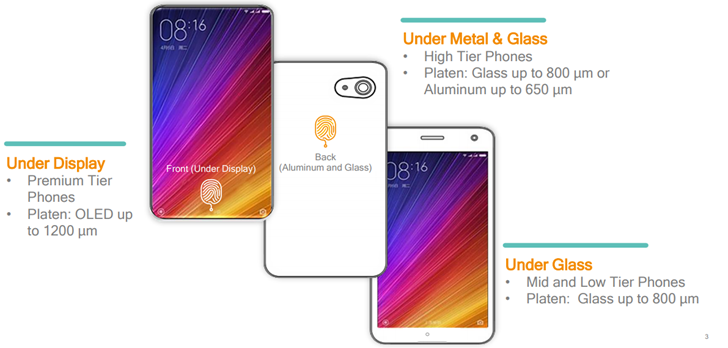In-display fingerprint sensors are expected to appear in most, if not all flagship devices this year. We saw a few late last year arrive with them. The ones already on the market use an optical technology to function but Samsung are looking to use an ultrasonic version developed by Qualcomm in their flagship Galaxy S10 phones.
The new ultrasonic fingerprint sensor is designed to be faster, more secure and more accurate but it does come with a drawback according to one case manufacturer — it does not “work well” with a screen protector. Unlike the optical fingerprint sensors the ultrasonic one in a company’s test Galaxy S10 has shown to not work through a glass screen protector when tested.
According to Armadillotek, their testing, with apparently a real world Galaxy S10 device, they were unable to get the fingerprint sensor to function as designed through the screen protectors they have developed for the next Samsung flagship phones. For this reason they are NOT producing a screen protector.
At this stage we hope that the firmware on the testing Galaxy S10 they have is not final and that the end device firmware will be able to support a screen protector. It seems strange that a fingerprint sensor designed to function through glass and metal does not work through a simple screen protector.
With my small amount of knowledge of ultrasound, it does require a medium/window to transmit through and will not transmit through air (that’s why sonographers use that gel when you have a medical ultrasound) so it is possible that the screen protector Armadillotek were testing was not adhered directly to the display and thus had an air gap between the display and the screen protector, preventing the signal/sound from the fingerprint sensor to be transmitted to the finger and back.
Of course, time will tell and we will find out most likely in only a few weeks after it is announced in San Francisco on February 20. That is one question we will definitely be asking Samsung when it is launched.





